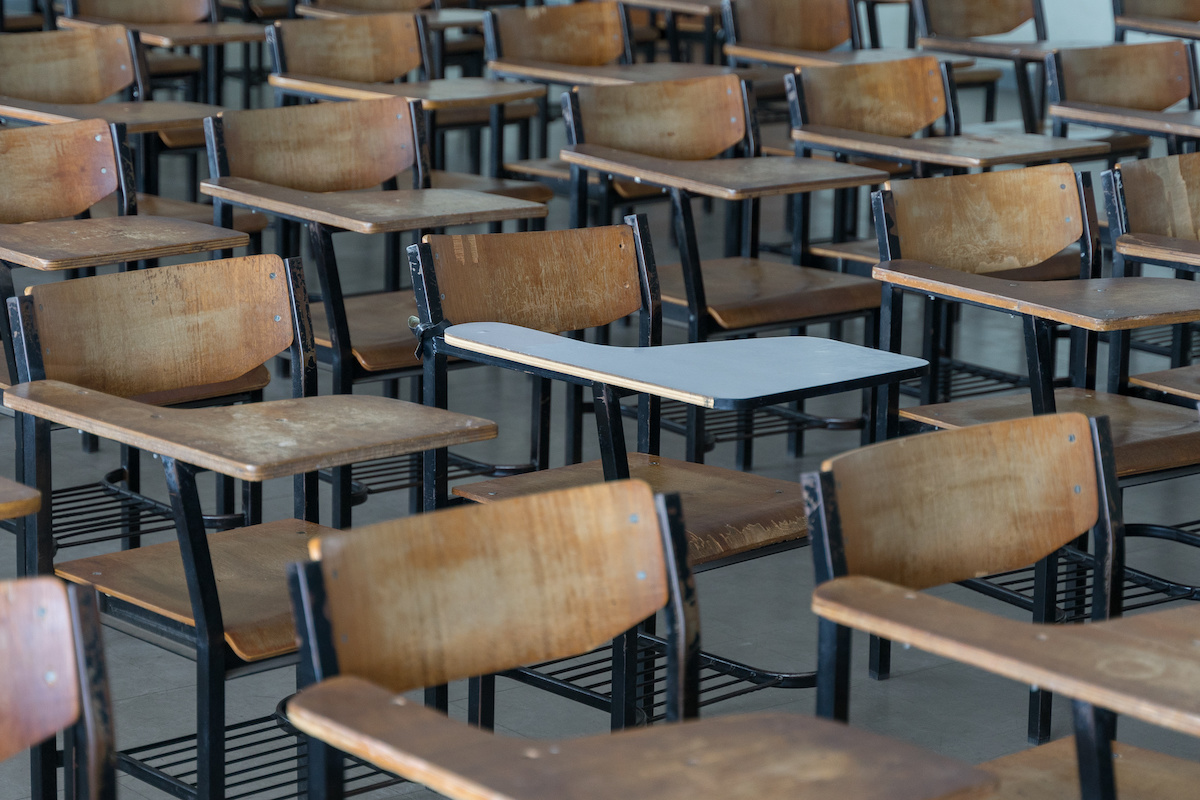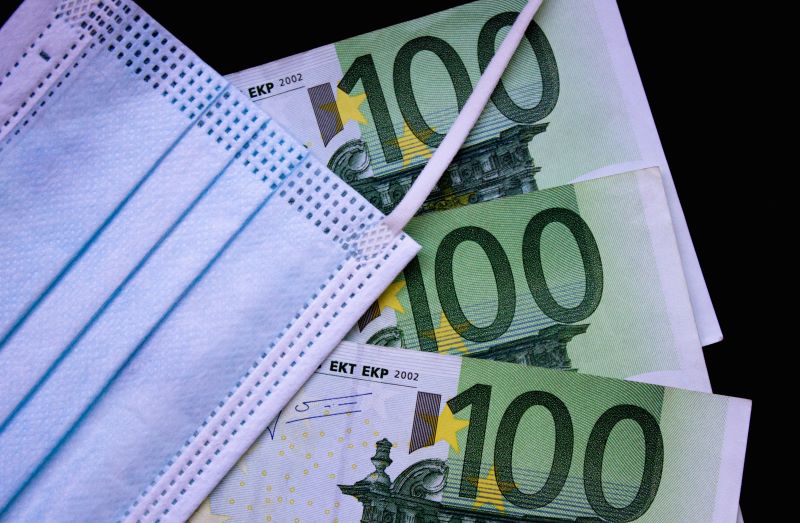Recommended
Yesterday the World Bank announced $12 billion in financing available to member countries to respond to the health and economic impacts of the COVID-19 outbreak. The press release states:
The COVID-19 support package will make available initial crisis resources of up to $12 billion in financing — $8 billion of which is new — on a fast track basis. This comprises up to $2.7 billion new financing from IBRD; $1.3 billion from IDA, complemented by reprioritization of $2 billion of the Bank’s existing portfolio; and $6 billion from IFC, including $2 billion from existing trade facilities.
There is not much information yet in the public domain on the sources and planned uses for this money, but five questions—each with additional corresponding questions—come to mind when reading the press release:
1. Where is the financing to address the economic and fiscal impact of COVID-19?
As we’ve seen from Ebola and other kinds of crisis events that bring on sudden economic shocks, there is a huge cost to national economies associated with containment measures and risk aversion behavior that affects market participation. Here, anti-cyclical budget support to governments to compensate for lost revenues as well as cash transfers to help households weather downturns are important, as well as other kinds of interventions to enable service continuity (tele-education for example).
The amount required here should be many multiples of the health-related spending requirements. Yet at the moment, it is unclear if this kind of intervention is included in the package announced by the World Bank, despite the organization’s comparative advantage and clear mandate in economic and fiscal policy. The IBRD’s countercyclical response during the global financial crisis was significant—from about $12b in FY08 up to a peak of about $42b in FY10. This $12b package looks meager compared to those numbers from a decade ago. There’s also the problem (then and now) that IDA can’t scale up in the same way (it didn’t at all a decade ago and was criticized for it, see the Bank’s own Independent Evaluation Group reports), though it has more ability to scale up today given IDA’s ability to leverage its balance sheet—can we see more of this here in the World Bank response?
The press release does talk about $4 billion in additional lending for existing IFC investments to compensate for COVID-19 effects, but why only bail out IFC investments—why not something through governments that would assure equity and standardization in criteria for qualifying affected businesses?
2. Is the money “new”? Are donors prepared to contribute more money to IDA?
The announcement is welcome given increasing probabilities of generalized spread of the disease, but the money is not “new” in the sense of having been newly contributed to the World Bank for this purpose. Rather, the “new money” represents a management decision to earmark sources like IDA and IBRD to finance the COVID-19 emergency response in lieu of country-identified development priorities and on-going programs.
IBRD can create “new” money by going beyond its non-crisis prudential standards and leveraging up to create mostly non-concessional lending space. IDA’s concessional and grant money is not so easily leveraged up, though there always seems to be enough funding in IDA to allow for this type of announcement without facing real tradeoffs.
However, the key question on IDA/grant money is whether the Bank’s donors are prepared to kick in more to support COVID-19 response? Where do the different Board members stand on this decision? How will the opportunity costs of reallocation and reprogramming be assessed and addressed? Where is the collaboration with the regional development banks?
3. Should World Bank money go to WHO?
WHO has asked for US$675 million to cover costs associated with preparedness and response within the organization and as a pass-through to countries. About 6 percent (or ~$42m) has thus far been pledged or received by the organization. The World Bank proposes to allocate a significant portion of its $12 commitment to the WHO. The question is whether this is the right way to fund WHO, or whether there are better ways to take advantage of this moment to assure direct G7 contributions to WHO and increase assessed contributions to the organization to enable better preparedness and response. It is hard to see the World Bank as an effective donor and oversight mechanism to WHO and is inefficient vis a vis WHO’s usual governance and oversight. WHO should get its funding, but why not directly? A related question is which organization is a better pass-through to country governments—WHO or World Bank?
4. Should World Bank money go to finance development and manufacturing of vaccines and other medical countermeasures?
Notwithstanding the good work of my colleague Scott Morris that argues for World Bank support to global public goods like research and development using IDA and other sources, it is hard to see a case for World Bank direct spending on research and development of COVID-19 related vaccines and other medical countermeasures.
There is already a clear market signal to develop and manufacture a COVID-19 vaccine and other technologies; the entirety of private pharma is already mobilized and heavily invested in this effort. The problem is more the science and the time required to generate solutions, and less the incentives or markets to develop and manufacture product.
What would World Bank funding add? One could see a case for funds to Gavi, the Vaccine Alliance, to buy an eventual vaccine if cost-effective in low-income countries, for example—but why not fund Gavi directly in that case? Alternatively, one could argue that certain kinds of products could be efficiently manufactured in low-income countries—my colleague Prashant Yadav has flagged diagnostic technologies that the Senegal-based Institut Pasteur could develop, for example. More details are needed.
5. Are hospital-related costs beyond preparedness included?
Beyond disease surveillance and lab capacity, the health sector costs associated with COVID-19 are concentrated in hospital care and the treatment of severe cases. As we’ve noted in previous work, despite the huge concentration of public spending in the hospital sector (70% or more in many cases), hospitals have received relatively little global health attention and investment over the years and there are significant performance gaps that compromise patient safety and outcomes. There are some good reasons for this neglect (the desire to focus resources and effort on more cost-effective primary healthcare, for example), but the question now is whether the World Bank and the global community plan to cover the costs of treatment and case management or not. It will be expensive—if we add a 20–30 percent increase in hospital utilization associated with severe cases of the disease, do we expect a proportional increase in spending? Are we sacrificing spend on prevention and primary health care?
The growth and human development implications of these resource allocation choices may be with us for decades to come—and are a welcome but second-best alternative to new resources from the G7, for example, to respond to COVID-19 and prepare better for this and future pandemic threats in low- and middle-income countries.
I’ll be blogging separately on a G7 proposal with colleagues from other think tanks shortly.
Thanks to Charles Kenny and Jeremy Konyndyk for reviews.
Disclaimer
CGD blog posts reflect the views of the authors, drawing on prior research and experience in their areas of expertise. CGD is a nonpartisan, independent organization and does not take institutional positions.







